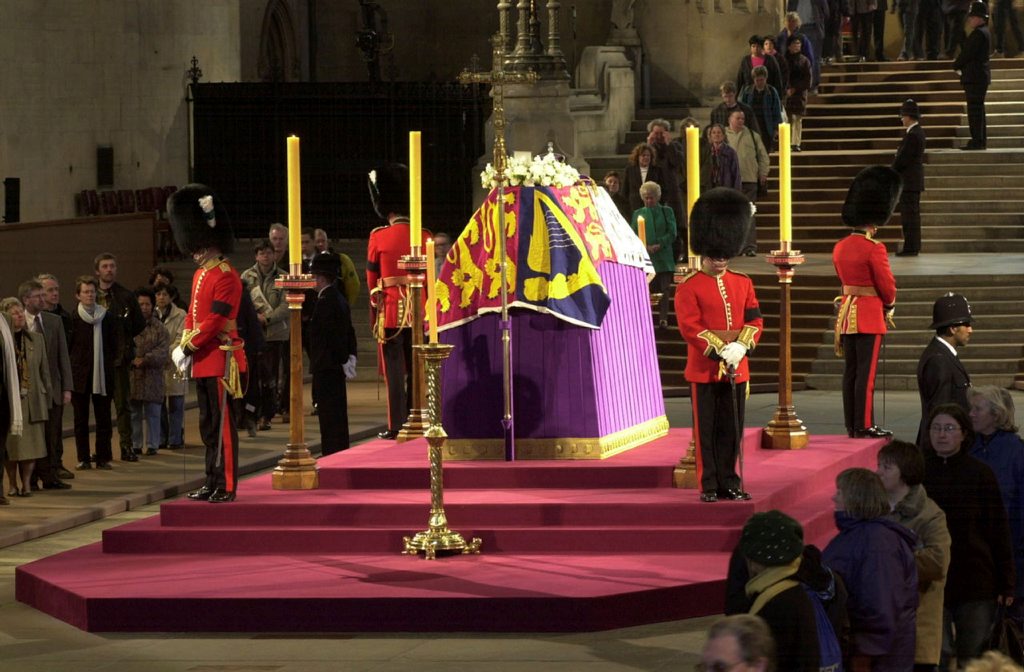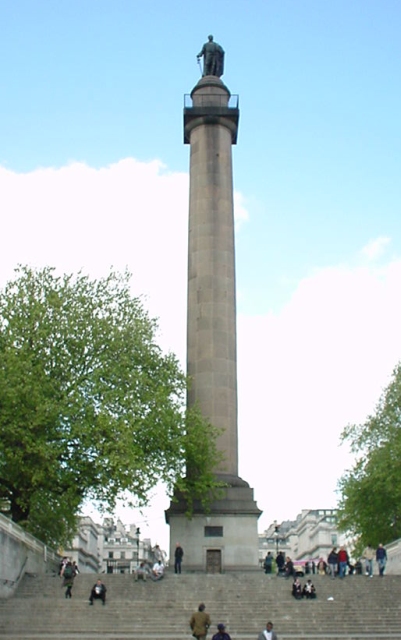
A quiz to help you become familiar with the history of royal and state funerals, and a free tour for the person who scores the highest marks. You may have to do some research! Email answers to: info@walkinglondonhistory.com by Sunday 18th September.
1 What are the distinctive features of a ‘state funeral’?
2 What links ‘Hyde Park corner’ , ‘Hope Not’ and the ‘Tay Bridge’
3 Whose lying in state was the first to be held in Westminster Hall?
4 Whose effigy clothed in black velvet lay in state at Somerset House (then named Denmark House) and after a day or two was moved upright and its glass eyes bizarrely opened, seemingly representing the passing of soul from purgatory to heaven. (There is a story that the body had actually been buried weeks before the funeral owing to ineffective embalming)
5 Whose lying-in-state at Greenwich was attended by large crowds resulting in terrible injuries with the cavalry having to restore order?
6 The first died at the battle of Bosworth, the 3rd was uncle to two of Henry VIII’s wives, and the 4th was executed for treason. Who are this catholic family of survivors and what is their relevance to current events?
7 On Monday Queen Elizabeth’s coffin will be transferred from Westminster Hall to the Abbey on a gun carriage. In which special way will the carriage be pulled? And whence comes the tradition?
8 In March 2015 Richard III was buried in Leicester Cathedral. What could be said to be rather incongruent about the type of funeral service?
9 Which monarch demanded her entire funeral, from horses to mourning attire, be arrayed in white?
10 In 1774 his tomb was opened and inside a Purbeck marble coffin his body was found nearly entire, wrapped in a waxed linen cloth and wearing royal robes of red and gold with a crimson mantle. He had a gilt crown on his head and carried a sceptre surmounted by a dove and oak leaves in enamels. Which king? (He died more than 400 years prior to the coffin being reopened)

The last blog asked whether the following statements were true or false:
a) The Duke of York and Albany is the chap on the top of the column just off the Mall
b) The Duke of York and Albany is the subject of the well known rhyme, ‘The Grand Old Duke of York’
c) The Australian city of Melbourne is named after William Lamb, 2nd Viscount Melbourne.
The answer is that all are true. Interesting how everyone is familar with the Duke of York from the rhyme but his details are not well known

